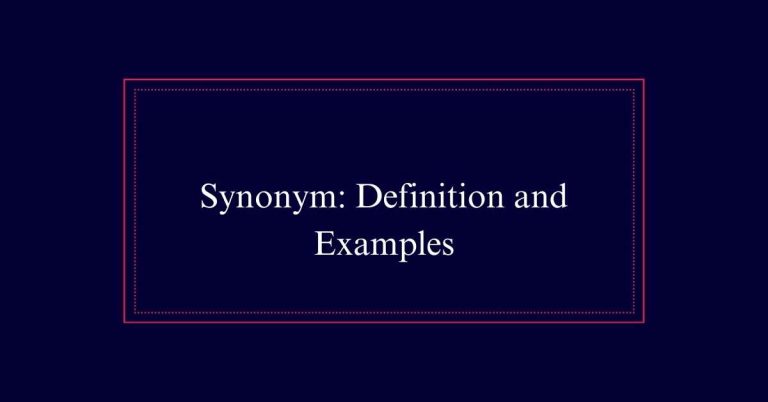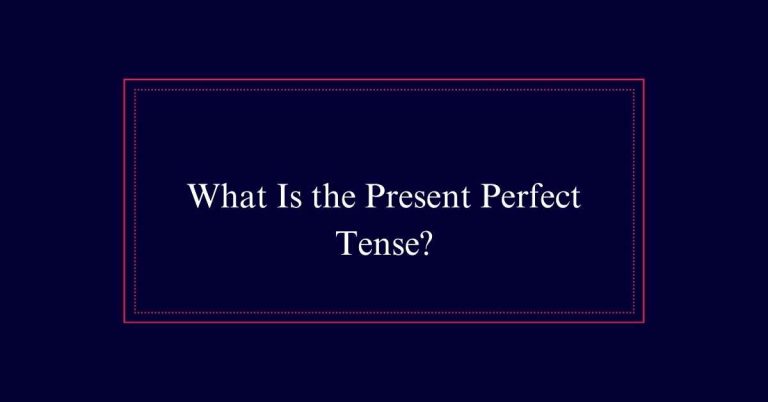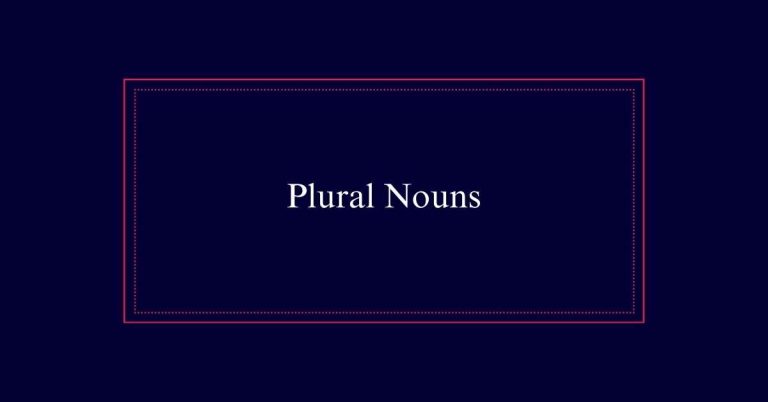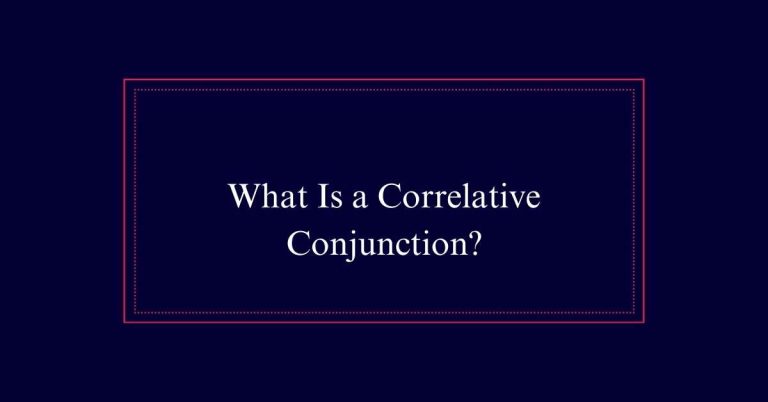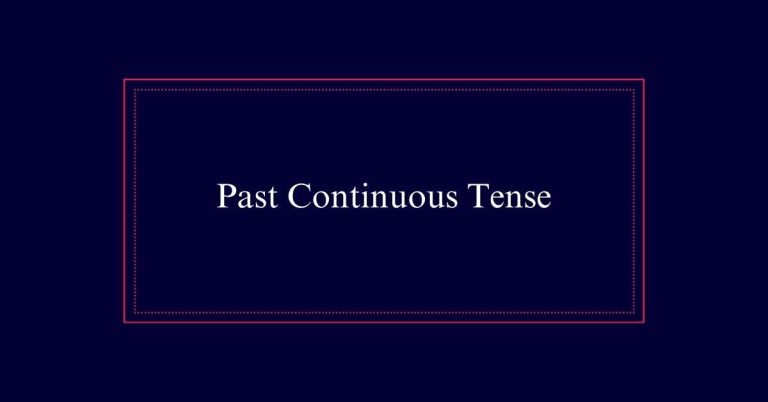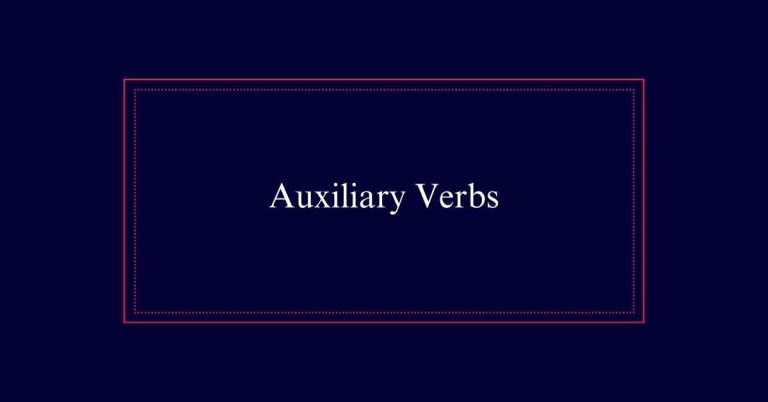Comma With Nonrestrictive Clause
Nonrestrictive clauses add extra information to a sentence without altering its core meaning. These clauses are introduced by words like ‘which’ or ‘who’ and must be set apart by commas. For example, in ‘My car, which is red, runs smoothly,’ the phrase ‘which is red’ is non-essential and is therefore separated by commas. Removing it leaves the sentence’s main meaning unchanged.
Understanding Nonrestrictive Clauses
Nonrestrictive clauses, also known as non-essential clauses, provide additional information about a subject without altering the core meaning of the sentence. They add extra details but are not essential for identifying the subject.
These clauses are typically introduced by words like ‘which’ or ‘who’ and are set off by commas. For example, in the sentence, ‘Poseys Cafe, which Chester recommended, is fantastic,’ the clause ‘which Chester recommended’ gives more context but is not necessary to understand that Poseys Cafe is fantastic. Removing it does not change the main idea.
Defining Nonrestrictive Clauses
A nonrestrictive clause, also known as a non-essential clause, provides extra information about a noun without defining it. This type of clause is not essential for identifying the subject of the sentence. Instead, it offers additional details that enhance understanding. Nonrestrictive clauses are typically introduced by words like ‘which’ or ‘who’ and are set off by commas.
Consider these points about nonrestrictive clauses:
- Extra Information: They add details but do not change the main meaning.
- Comma Usage: They are separated by commas to show they are non-essential.
- Clarity: Removing them should not alter the sentence’s core message.
- Descriptive Writing: Commonly used to provide more context or background.
Identifying Nonrestrictive Clauses
Recognizing nonrestrictive clauses involves identifying information that, while informative, is not essential for defining the main subject. These clauses add extra details but do not change the core meaning of the sentence. They are often introduced by words like ‘which’ or ‘who’.
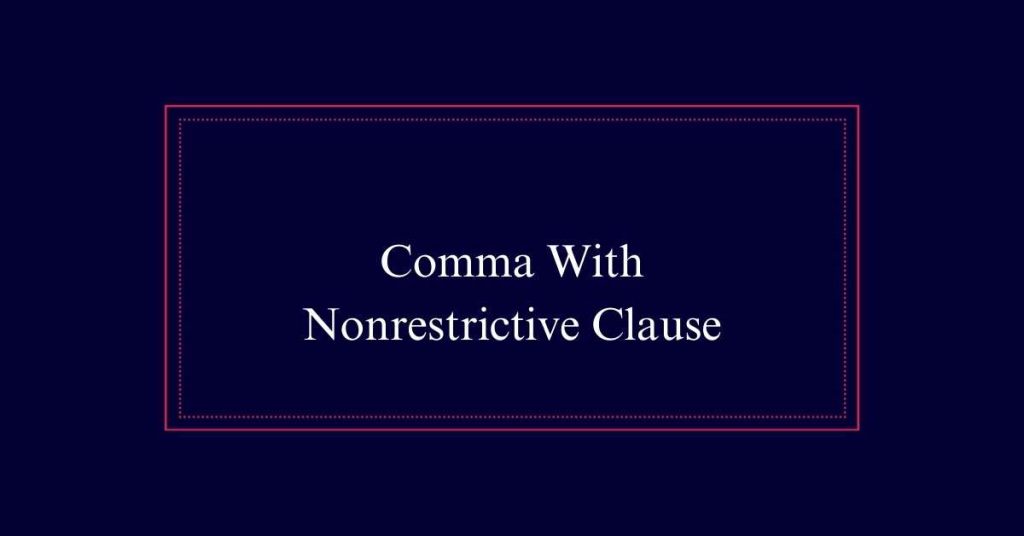
When reading a sentence, check if the clause can be removed without altering the fundamental meaning. If so, it is nonrestrictive. For example, in ‘Poseys Cafe, which Chester recommended, is fantastic,’ the clause ‘which Chester recommended’ is nonessential. Notice the use of commas to set it off from the main sentence. This punctuation helps signal that the information is additional, not vital.
Examples To Illustrate
Examples of nonrestrictive clauses help illustrate how they add extra information without altering the core meaning of a sentence. These clauses are set off by commas and provide additional details. Here are some examples:
Posey’s Cafe, which Chester recommended, is fantastic.
- The clause ‘which Chester recommended’ adds more information about the cafe.
My wife, whom I love dearly, is a brilliant physicist.
- Whom I love dearly’ provides extra detail about the wife.
The book, which was on the shelf, caught my eye.
- ‘Which was on the shelf’ gives more context about the book.
The car, which had a flat tire, needed repair.
- ‘Which had a flat tire’ explains more about the car.
Core Meaning and Clauses
Understanding the core meaning of a sentence is essential when evaluating the role of nonrestrictive clauses. A nonrestrictive clause provides additional information about the subject but does not alter the primary meaning of the sentence.
For example, in ‘Poseys Cafe, which Chester recommended, is fantastic,’ the clause ‘which Chester recommended’ adds detail but does not change the fact that Poseys Cafe is fantastic. Removing the nonrestrictive clause should leave the core meaning intact.
These clauses, often introduced by ‘which’ or ‘who,’ are vital in descriptive writing for adding context.
Role Of Commas
Proper punctuation is fundamental to effectively incorporating nonrestrictive clauses into a sentence. Commas play an important role in setting off these clauses, guaranteeing the additional information does not confuse the reader.
Here are the key roles of commas with nonrestrictive clauses:
- Clarification: Commas help separate the extra information, making it clear that the clause is nonessential.
- Readability: Proper punctuation ensures the sentence flows smoothly, improving readability.
- Meaning Preservation: Commas maintain the core meaning by distinguishing essential and nonessential details.
- Context Addition: They allow writers to add context or details without altering the sentence’s main idea.
Enhancing Sentence Clarity
Consistently using commas with nonrestrictive clauses greatly enhances sentence clarity. Nonrestrictive clauses provide additional information without altering the main meaning.
For example, ‘Poseys Cafe, which Chester recommended, is fantastic.’ Here, the clause ‘which Chester recommended’ adds extra detail. Removing it still leaves a complete sentence: ‘Poseys Cafe is fantastic.’
Commas signal to readers that the information is supplementary. This distinction helps avoid confusion and promotes smooth reading. Proper punctuation guides readers through the sentence, making the main message clear.
Understanding and applying these rules improves overall writing quality. By guaranteeing nonrestrictive clauses are set off by commas, writers can create more precise and readable texts.
Common Punctuation Mistakes
Despite the importance of using commas with nonrestrictive clauses, common punctuation mistakes often disrupt sentence clarity. These errors can confuse readers and obscure the intended meaning of a sentence.
Here are four frequent mistakes:
- Omitting commas: Leaving out commas around nonrestrictive clauses can make sentences hard to read.
- Misplacing commas: Incorrectly placing commas can alter the meaning of a sentence.
- Using commas with restrictive clauses: Adding commas to clauses that are essential for identifying the subject can lead to misunderstanding.
- Overusing commas: Inserting unnecessary commas can clutter a sentence and break its flow.
Importance Of Proper Punctuation
Correct punctuation is essential for clear and effective communication. It guarantees that the reader understands the writer’s intent without confusion.
Specifically, commas used with nonrestrictive clauses play an important role. These clauses provide extra information but are not necessary to identify the subject. Using commas correctly helps distinguish between essential and nonessential details.
For example, ‘Poseys Cafe, which Chester recommended, is fantastic.’ Here, the commas clarify that the recommendation is additional information. Without proper punctuation, the meaning can become unclear or misleading.

